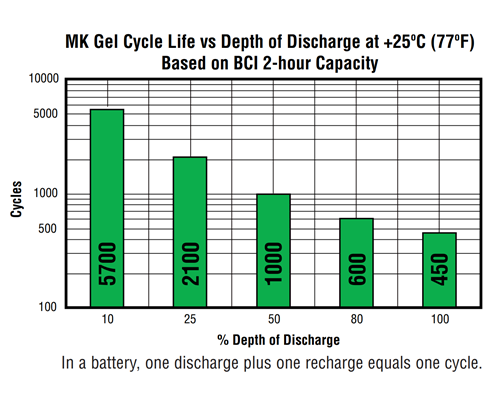One of the critical reasons mobility aid users experience issues with their batteries is because they don’t always follow the best charging practices or use their charger correctly. Mobility aids that receive regular, routine charging will reward the user with dependable performance, consistent power and a long battery lifespan.
Best Charging Practices
- Fully charge the batteries before using the mobility scooter or powerchair for the first time
- Always charge the batteries after every use
- Never allow the batteries to run completely flat
- Charge the batteries at least once a week when the mobility aid is not being used or is kept in storage
Correct Charging Procedure
- Turn the mobility aid switch to the OFF position
- Plug the battery charger's power cable into a wall power outlet
- Connect the battery charger’s plug to the charging port on the mobility aid
- Turn on the wall socket and then make sure the charger is turned on
- Ensure that the charger lights light up (check the connection if this does not occur)
- The charging LED function will depend on the brand of charger, so ensure that the charger is performing at the required charge LED light function
- Leave the charger connected for a minimum of 2 hours after the LED light is indicating finished to ensure a complete charge - the green LED light should be on to indicate the battery is fully charged
- Disconnect the charger from the mobility aid, then from the power outlet

You can see from the chart that if the batteries were fully discharged each time before re-charging fully, you would only get 450 cycles before the batteries had to be replaced. However, if the batteries were discharged only 10% before being fully re-charged you would get 5,700 cycles before the batteries would need to be replaced. Therefore, batteries should be recharged after each use.
The most important thing to tell your client is to charge their batteries after every use!


